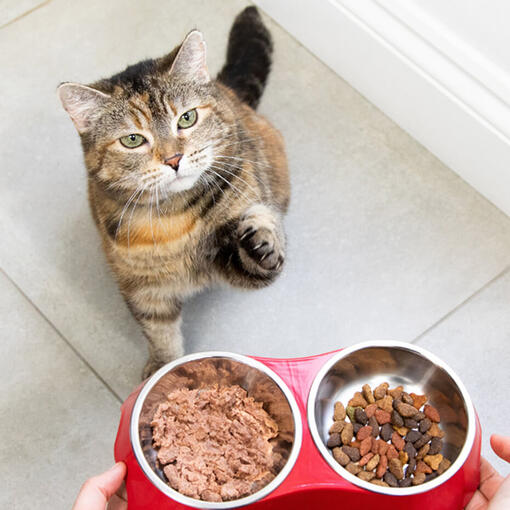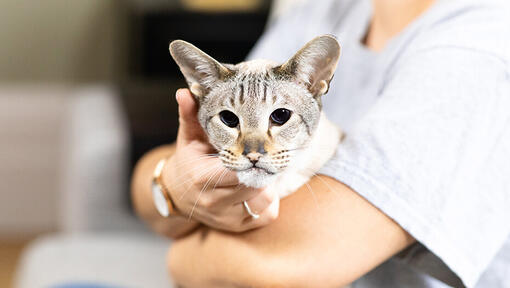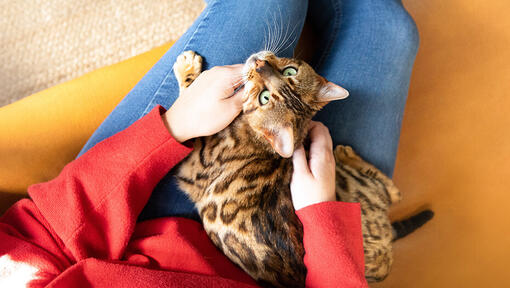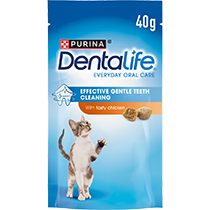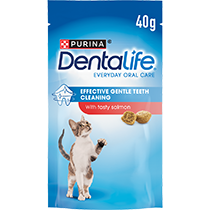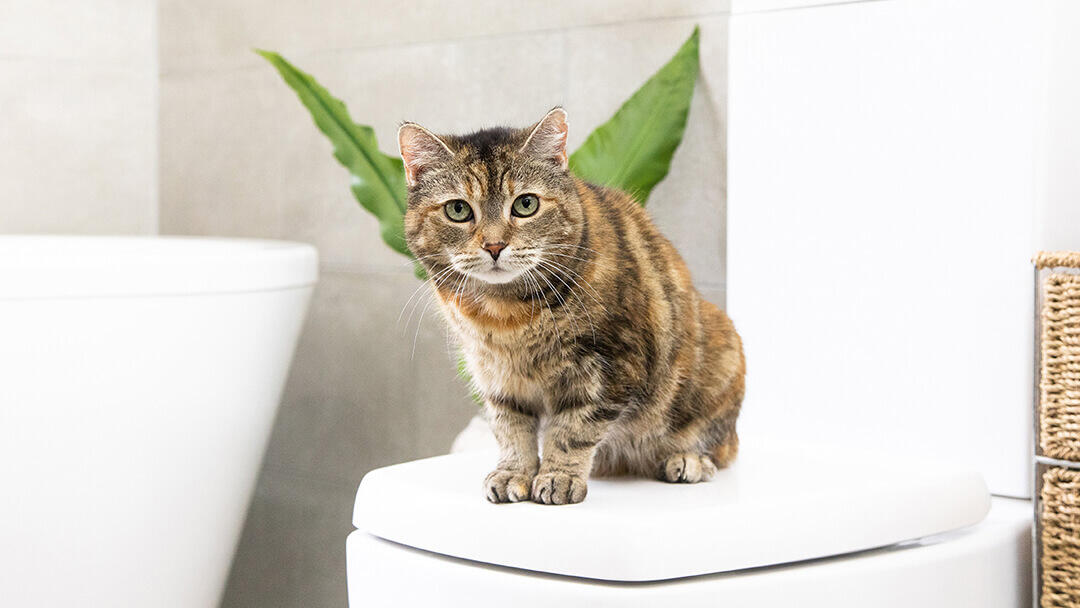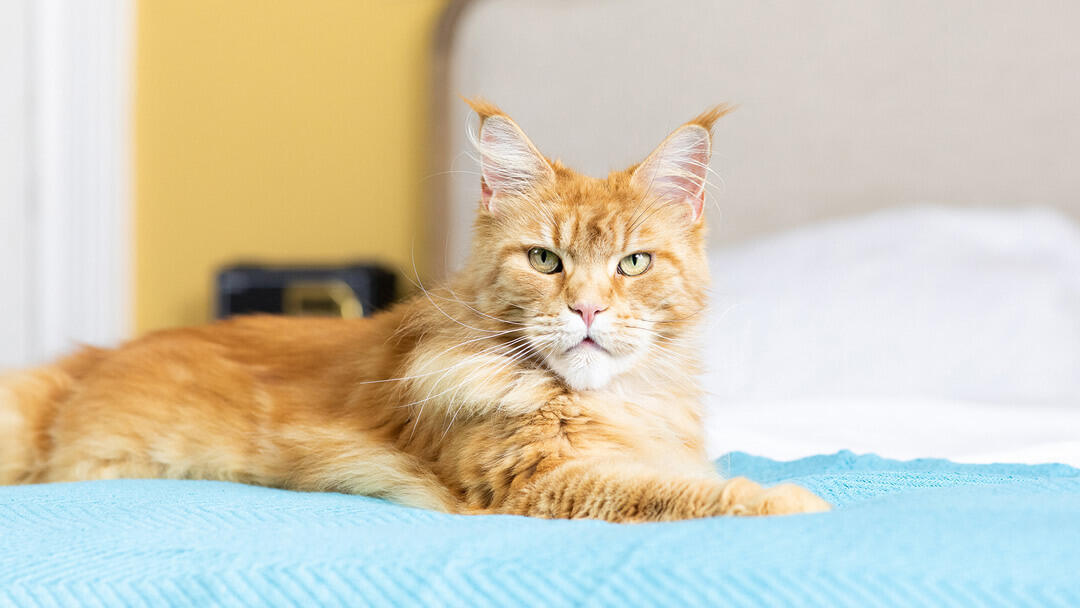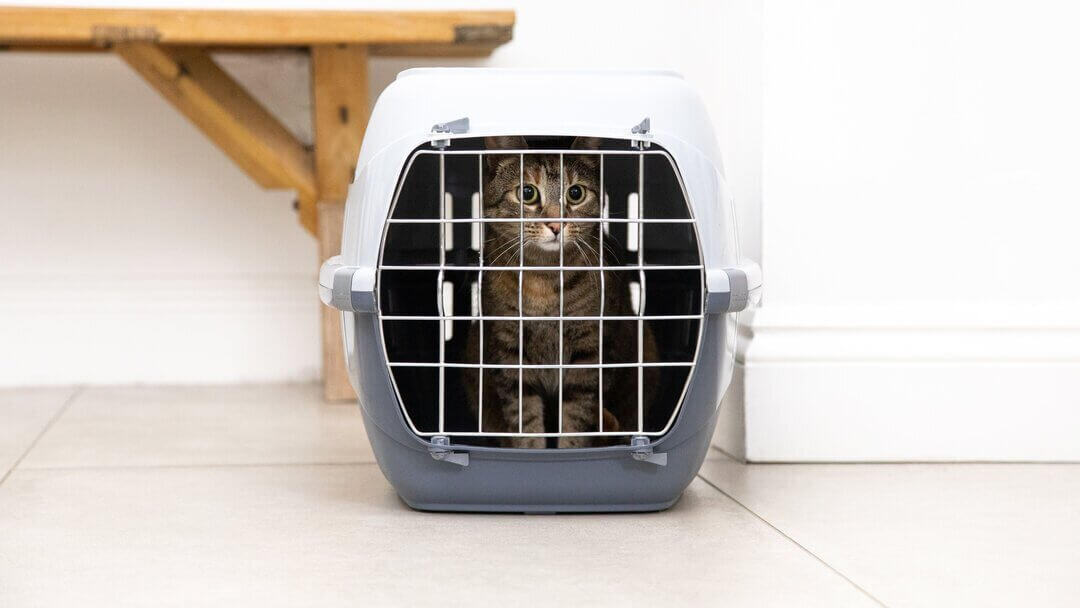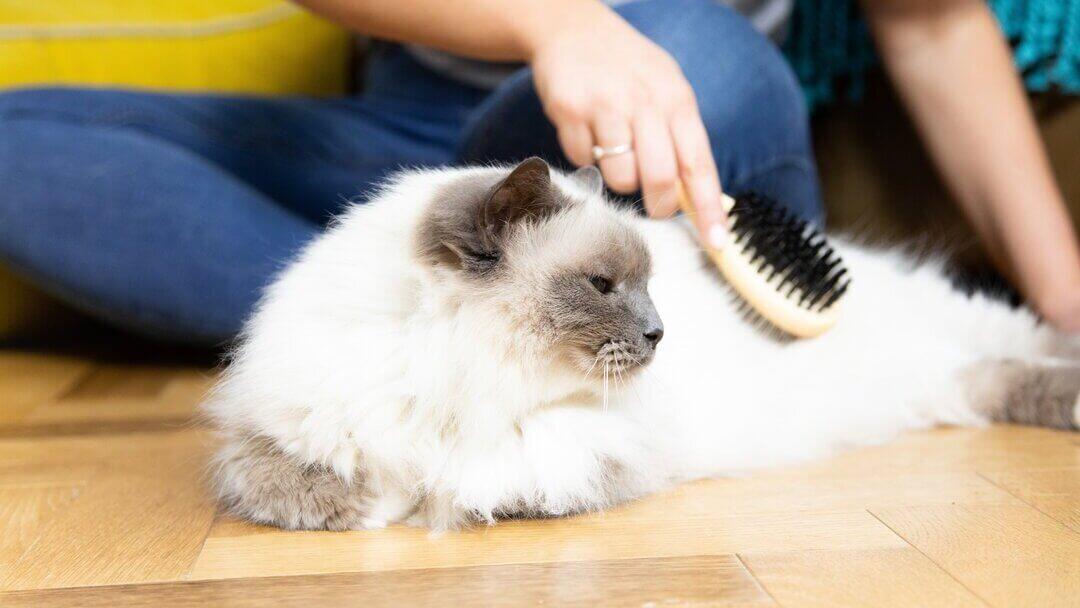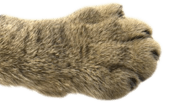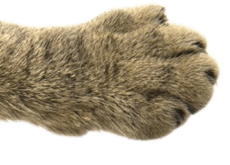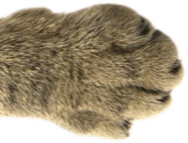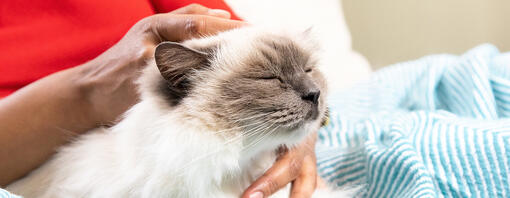
Pamper your feline friend with a lavish cat massage that will make them feel like they lives in the lap of luxury.
There are a few things to keep in mind before you can become the resident specialist in premium cat massaging techniques. This article will give you the information you need to massage your way into your cat’s good graces.
Why is massage important for your cat?
We know – a massage is so good you don’t need reasons to have it. But for those cats that enjoy prolonged contact, there are benefits to offering your cat a massage. It’s not just a session of pampering – it can have positive effects on the health and vitality of your feline friend. A cat massage can improve circulation, promotes low blood pressure, support joint mobility and it combat cat anxiety and stress like nothing else. So flex your fingers and get ready for all those lovely purrs of joy.
If you are not sure where to start, we put together a short guide for all your cat massage questions.
3 Easy Steps to a Relaxing Cat Massage
First of all, consider if your cat is going to enjoy a massage. For some cats, prolonged handling or intense contact can all be a bit much, so if your feline is one who prefers short periods of interaction before removing themselves, a massage isn’t going to be something they will enjoy.
If however your cat loves nothing more than snuggling up to you and can’t get enough attention, strokes and scritches, then they are the perfect candidate for a little massage.
The first thing you need to do before you start your cat massage is to wait to be approached. When you notice your cat starts rubbing against you, it means they are probably relaxed enough to enjoy a few minutes of quiet massage heaven.
Start by talking to your cat in a calm and soothing voice to help them relax. You can even play your favourite spa-type music to get you in a relaxed mood too.
Then you can use our three-step CAT technique – Circle, Activate, Tap.
1. Circle: move around in circles
Start your cat massage by lightly stroking your cat from the neck to the base of their tail by using an open and relaxed hand. This technique is also known as effleurage and it helps your cat get in a relaxed mood, warm-up the muscles and stimulate blood circulation.
Once you feel the back muscles have eased up, you can move onto your cat’s shoulders if they are still enjoying your touch and are happy to continue. Gently using your thumbs, rotate your fingertips clockwise or counter-clockwise to make slow circles around your cat’s shoulder blades.
You can apply the same gentle circling technique around their face, but using very light strokes. The little circular motions can also be applied to the forehead and cheeks. Caress the sides of their face with the palm of your hands.
Pay attention to their reaction, especially when you give your cat a face massage as some cats like this more than others. If your cat reacts in any kind of negative way or tries to leave, stop. Hopefully they will push against you and give you clear signals that they are enjoying the pampering.
After the face, you can pass your hand over their head and, without pressing too hard, massage the space behind the ears and their chin. Cats’ ears are very sensitive as they contain lots of nerve endings. Use your thumbs gently from the base to the tips watching for your cat’s reaction. You will soon learn what kind of pressure your cat likes.
2. Activate: stimulate the muscles
If your cat is enjoying themselves and they seem to be in spa-ready mode, i.e. purring and stretching, you can start a slightly deeper massage. This part of your cat massage involves squeezing, rolling, and kneading. They’re all valid moves, but always keep in mind the comfort level of your pet – don’t let it get too much. The basic technique is to compress and release.
If you want to get professional about it, this technique is called petrissage and it involves opening and shutting your palm while pressing lightly with your fingers along your cat’s spine. This time around your touch is not a soft sliding motion, but a little more firm. The aim is to feel the tissue’s underlying structure, but without pinching. It is essential to go slow to be able to detect and loosen knots in your cat’s muscles.
The petrissage massage is especially useful to cats that don’t like to move around too much. The benefit of this type of cat massage is that the reflexes in the muscles are mechanically stimulated which helps increase muscle tone for cats that prefer a slower life style.
Your cat’s relaxed mood means they will be more comfortable than usual with moves that help improve their joint mobility. If your cat is still enjoying the contact and your undivided attention, gently introduce some flexing for the toes, legs and knees.
3. Tap – tap it down
Finally, tapotement is a light percussion-type movement that helps increase blood circulation. Use soft taps from each hand alternatively while keeping an eye out on your cat’s reaction. Rather than relaxing, this cat massage technique is used for stimulating your cat’s muscles, so make sure your cat enjoys it first. Some love it and for some it is very much a touch too much!
Step up the game with cat massage accessories
If you need help, there are various cat face massagers and cat massage rollers designed to give your cat a complete massage experience by targeting specific groups of muscles. You can start by using a grooming brush that doubles as a massage toy. These brushes are usually made out of soft silicone which makes the massage comfortable and can double up as a dead hair remover too.
Cat massage rollers are specially designed to relive symptoms of stress and offer a relaxing massage at the same time. Listen out for purrs of bliss as you use them for both their face and their body.
Some cats prefer freestanding rollers that they can use solo to massage themselves at the pressure they enjoy without the intensity of being handled.
Keep an eye out for toys that offer textured sides to both massage and groom your cat.
Understanding Where Cat’s Like Being Massaged: Recognising their signs of enjoyment
To make sure you are offering your cat an enjoyable massage, be aware of the reactions you are getting. You already know what it means when your cat starts scratching, but what are some of the tell-tale signs you’re doing a great job?
Purring holds no mystery. It is the sound usually associated with a content cat. Drooling and kneading are also good signs. But you really deserve a pat on the back when your cat starts relaxing and folding their ears in the middle of your cat massage.
Massage always has to be something you do with your cat and not to your cat – and so if they want to leave at any time, let them go (and remember what it was that you did to make them decide to leave – and don’t do that again!).
Now that you know how to offer your cat a relaxing massage that is also beneficial to her all-around health, follow it up with some delicious Gourmet luxury cat food to complete the indulgent experience for your cat.


